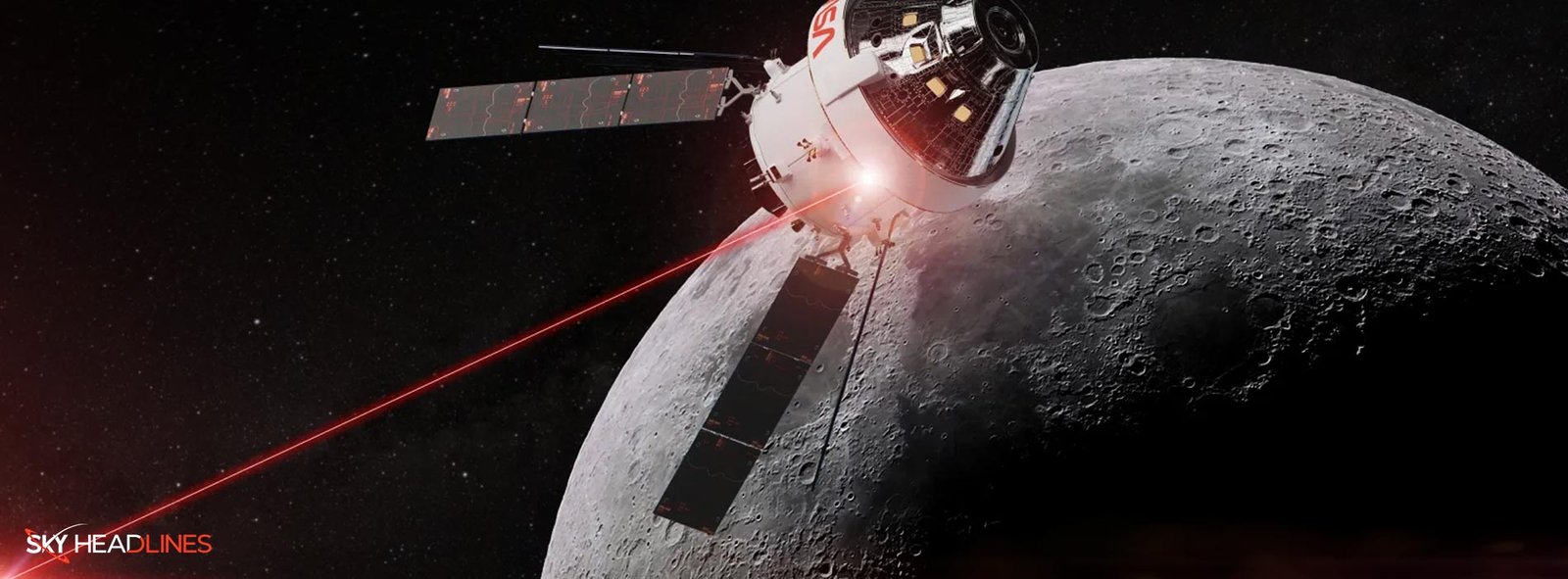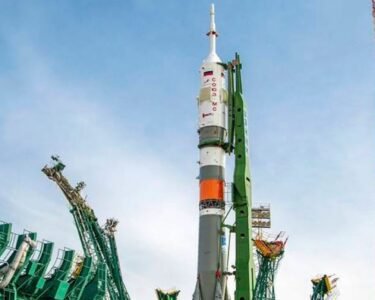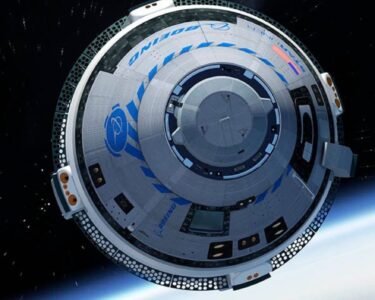The orion spacecraft mission’s laser communications system arrived at NASA’s Kennedy Space Center in Florida for integration with the Orion spacecraft, which will transport men around the Moon for the first time since the Apollo missions.

Onion Spacecraft Launching Date & Background
NASA launched the Artemis I mission on November 16, 2022, an uncrewed flight test that pushed the human-rated Orion spacecraft further into space than any previous mission.
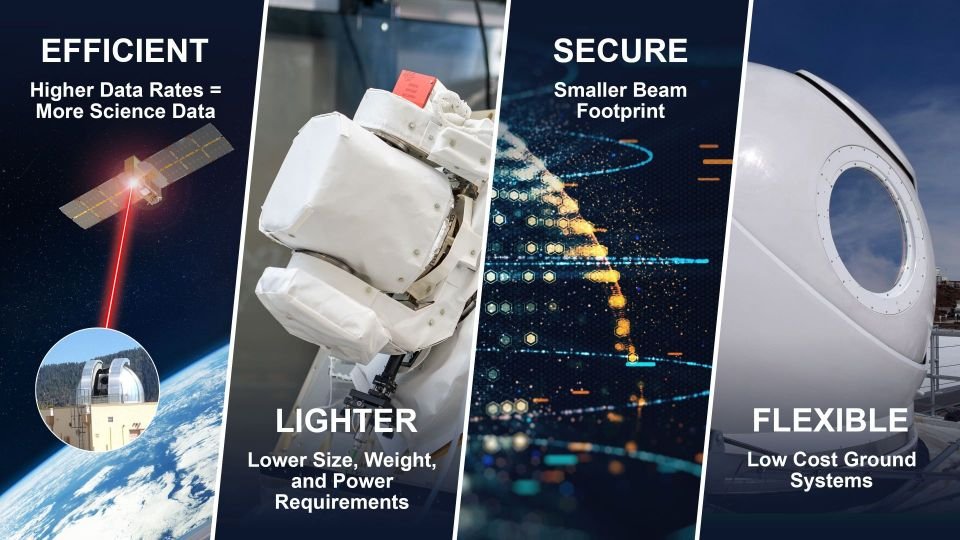
Credits: NASA / Dave Ryan
The next mission, Artemis II will put all of Orion spaceflight systems to the test and pave the way for future lunar surface missions.
The Artemis II mission will also put new and improved technologies to the test, including laser communication capabilities.
The Orion Artemis II Optical Communications System, or O2O, is Orion’s laser communications terminal.
Sending & Receiving of Data Through Laser Communications
Laser communications techniques, such as O2O, enable missions to send and receive more data in a single transmission than traditional radio wave systems, which are currently used by the majority of NASA missions. More information implies more discoveries.
Steve Horowitz, O2O project manager said,
“At 260 megabits per second, O2O is capable of sending down 4K high-definition video from the Moon,”
He added
“In addition to video and pictures, O2O will transmit and receive procedures, pictures, flight plans, and be a link between Orion spacecraft and mission control on Earth.”
After collecting data, O2O will transmit it through laser signals to one of two ground stations in Las Cruces, New Mexico, or Table Mountain, California, both of which were chosen for their low cloud coverage.
The quality of photographs and films sent from Orion via O2O will be determined in part by cloud coverage at ground stations.
Optical Infusion Effect | Orion Spacecraft
The O2O laser terminal is part of the optical infusion effort of the Space Communications and Navigation (SCaN) program, which is testing laser communications on numerous missions.
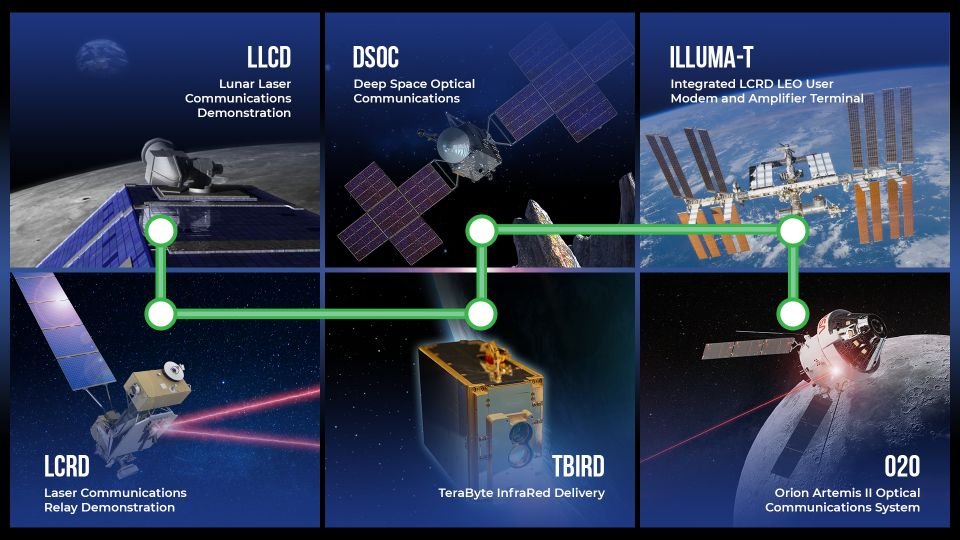
NASA / Dave Ryan
A team of engineers from NASA’s Goddard Space Flight Center and the Massachusetts Institute of Technology Lincoln Laboratory (MIT-LL) created O2O.
This collaboration has resulted in several laser communications missions, including
- Lunar Laser Communications Demonstration (LLCD) in 2013.
- Laser Communications Relay Demonstration (LCRD) in 2021
- Tera-Byte Infrared Delivery (TBIRD) payload in 2022.
Potential Benefits of Laser Communications Through Orion Spacecraft
The SCaN is demonstrating the benefits of laser communications for missions by testing this technology in several space regimes.
- The O2O laser terminal underwent multiple stages of environmental testing before being sent to Kennedy to guarantee that the payload can work in the harsh environment of space.
- O2O laser communications terminals will allow more data to reach Earth and aid scientists in their efforts to perform advanced investigations. Artemis II’s data will help NASA plan future lunar missions and build a long-term presence on the Moon and, eventually, Mars.
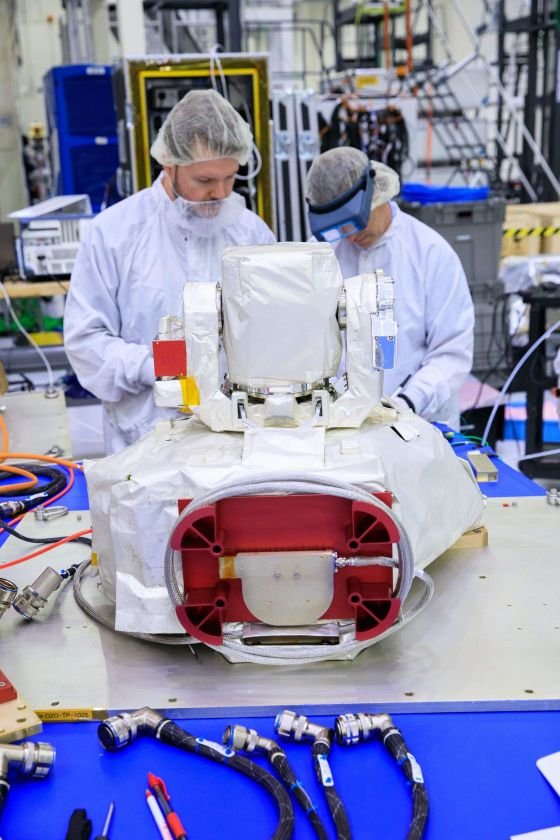
Now, let’s see the capability of Artemis II from different perspectives.
What Artemis II is Supposed to Do?
The approximately 10-day flight will test NASA’s foundational human deep space exploration capabilities. The Space Launch System rocket and Orion spacecraft, for the first time with astronauts and will pave the way for lunar surface missions, including landing the first woman and first person of color on the Moon.
What is the Current Status of Artemis II as NASA’S Orion Spacecraft?
Artemis II stands as the second planned endeavor within NASA’s Artemis program and holds the distinction of being the initial crewed mission employing NASA’s Orion spacecraft.
The intended launch, scheduled for November 2024, will rely on the powerful Space Launch System (SLS).


